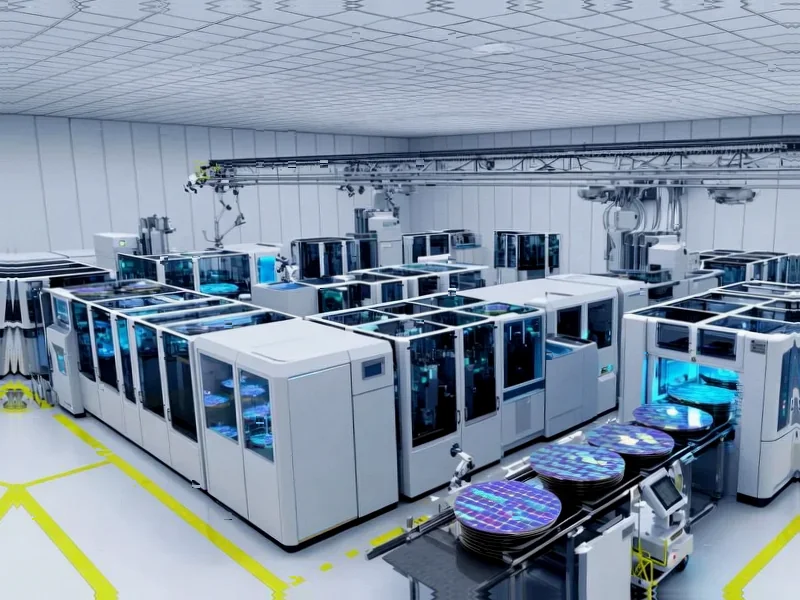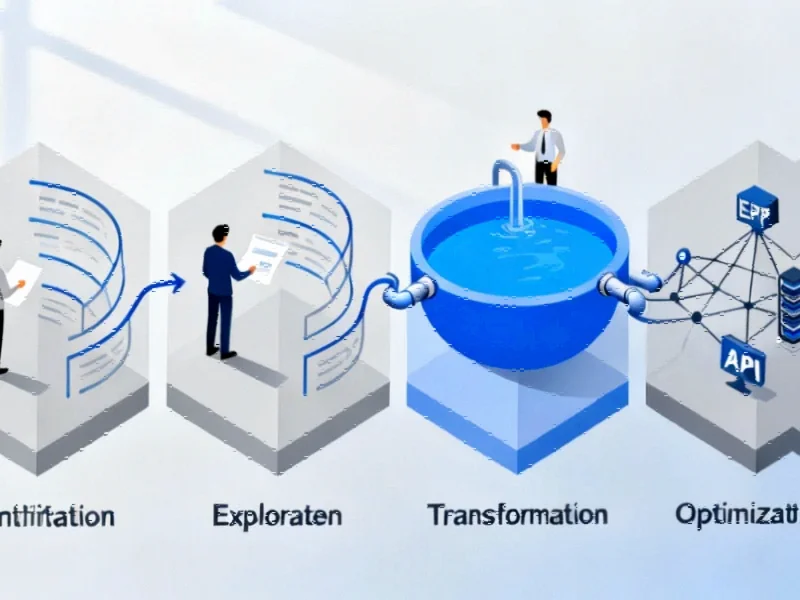According to TechCrunch, Core Scientific shareholders voted down a $9 billion all-stock acquisition offer from CoreWeave on Thursday following opposition from their largest shareholder, Sina Toussi of Two Seas Capital. Core Scientific, which emerged from bankruptcy in January 2024, saw its stock rise after rejecting the deal and now trades at a $6.6 billion market cap. Meanwhile, CoreWeave immediately pivoted to acquiring Marimo, an open-source Python notebook competitor that had raised approximately $5 million according to PitchBook estimates. The failed acquisition represents a significant moment in the rapidly evolving AI infrastructure landscape as companies navigate soaring valuations.
Table of Contents
The AI Infrastructure Gold Rush Shows Classic Bubble Characteristics
What we’re witnessing with Core Scientific’s rejection of a premium offer bears striking resemblance to historical market bubbles. When shareholders turn down a $9 billion acquisition believing their company can achieve even greater heights independently, it suggests irrational exuberance has taken hold. Core Scientific’s journey from crypto mining to AI infrastructure mirrors CoreWeave’s path, but the valuation disconnect is telling – CoreWeave’s market cap exploded from $14 billion to $66 billion since its IPO, while Core Scientific trades at just $6.6 billion despite similar origins. This pattern of companies rapidly rebranding from cryptocurrency to AI while experiencing massive valuation swings should give investors pause about the sustainability of current market enthusiasm.
Strategic Implications for AI Infrastructure Players
The failed acquisition reveals critical strategic tensions in the AI infrastructure space. CoreWeave’s simultaneous position as both partner and competitor to Core Scientific – having signed a $10 billion, 12-year contract while attempting to acquire the company – highlights the complex dynamics emerging in this sector. Companies are racing to secure data center capacity while also trying to move up the value chain. CoreWeave’s acquisition of Marimo demonstrates this perfectly – they’re not content with just providing compute power but want to own the entire developer workflow. This vertical integration strategy carries significant execution risk, as managing both infrastructure and application layers requires very different competencies and could dilute focus from their core hosting business.
Why Developer Tools Like Marimo Matter
CoreWeave’s pivot to acquiring Marimo represents a strategic bet on capturing the developer ecosystem rather than just the infrastructure layer. Python notebooks like Marimo and Jupyter have become essential tools for AI application development, serving as interactive environments where data scientists can combine code, visualizations, and explanatory text. By owning this critical piece of the development workflow, CoreWeave positions itself to capture more value from the AI ecosystem beyond basic compute hosting. However, this move also puts them in competition with cloud giants like Google Colab and AWS SageMaker, who already offer integrated notebook environments as part of their broader platform offerings.
Realistic Outlook for AI Infrastructure Valuations
The current valuation environment for AI infrastructure companies appears unsustainable based on historical patterns. Core Scientific’s rejection of what appeared to be a generous offer suggests expectations have become detached from fundamental business realities. While AI workloads are indeed growing rapidly, the infrastructure market faces several headwinds including potential oversupply of GPU capacity, increasing competition from cloud hyperscalers, and the cyclical nature of technology investment. Companies that emerged from crypto mining backgrounds face particular challenges in convincing enterprise customers of their reliability and long-term stability, which could limit their ability to command premium valuations indefinitely.
Shifting Competitive Dynamics
The AI infrastructure market is rapidly evolving beyond simple compute provisioning. CoreWeave’s dual strategy of pursuing both massive infrastructure deals and developer tool acquisitions signals a recognition that pure-play infrastructure providers may struggle to maintain competitive differentiation. As Nvidia continues to expand its own ecosystem and cloud providers integrate AI capabilities deeper into their platforms, specialized infrastructure companies face increasing pressure to build moats through unique software and services. The failed Core Scientific acquisition suggests that infrastructure players may need to pursue more creative partnerships rather than outright acquisitions to secure capacity while avoiding valuation disputes that can scuttle deals in this frothy market environment.
Related Articles You May Find Interesting
- Nintendo’s $17.5K Legal Victory Against Pirate Streamer Sends Warning
- How China’s Education Boom Fueled US STEM Growth
- The AI Receipt Fraud Epidemic: When Seeing Is No Longer Believing
- Samsung’s Galaxy A57 Emerges as Mid-Range Successor for 2026
- Samsung’s Fourth One UI 8 Watch Beta Signals Final Release Nears




